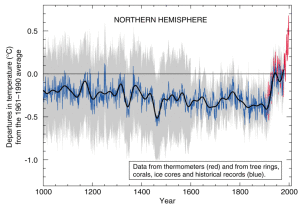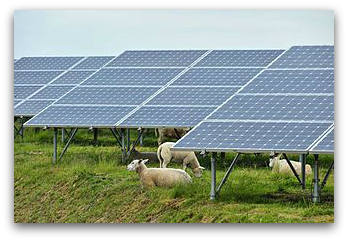Thanks to a team of Australian researchers, we can now get a detailed idea of what is happening on the deep ocean floor. The first digital map of the seafloor has been created to let us know what’s happening under 70 percent of the planet’s surface. Not only does this give us a new understanding of the oceanic environment, it will also help scientists see how the waters are reacting to climate change.
“Our new map brings out the enormous ecological and geological complexity of the seafloor that before we had no idea about,” said Dr. Dietmar Muller, a geophysicist at the University of Sydney in Australia and co-author of a paper.
When analyzing the findings, researchers found that the majority of the deep ocean floor is littered with the remains of phytoplankton. Due to the warming ocean temperatures, these phytoplankton have declined by 40 percent since the 1950s. Due to the difficulty in studying organisms on the ocean floor, the reasons for these happenings have only been theoretical. However, it has caused great concern due to the sea creatures’ essential role in providing vital support to the marine ecosystem. Due to the new research, scientists can now examine the composition of the remains and see how the ocean responded to and will continue responding to climate change.
“In order to understand environmental change in the oceans we need to better understand what is preserved in the geological record in the seabed,” says lead researcher Dr. Adriana Dutkiewicz from the University of Sydney.
PS: Head over to the Digital Library to read more on climate change!







